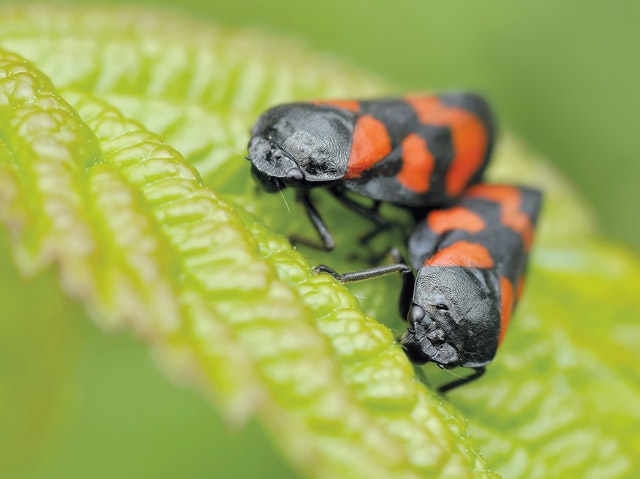
Insect Facts
Insects have been around for millions of years on our planet. Every year scientists are discovering more insects and finding amazing and incredible facts about them. Here are some such fun-filled facts.
1. Insects outnumber all other terrestrial animals combined
The sum of all terrestrial animals (those living on land) is only one third of the sum of all insects. There are over one million species that scientists have identified and named and millions more that are yet to be studied. Each year, scientists discover more than seven thousand new insect species.
2. Insects have been around for over 400 million years
They are likely to have first come into existence during the Devonian Period (Age of Fishes). It was during the Carboniferous Period that they really started diversifying. Ancestors of modern-day bugs, cockroaches, dragonflies, and mayflies were among those crawling and flying among the ferns. These insects weren’t tiny, either. They were much larger than the insects of our times. In fact, the largest known of these ancient insects, a dragonfly predecessor called a griffenfly, boasted a wingspan of 28 inches!
3. Spiders eat more each year than all humans combined
Spiders eat up to twice the total weight of animals that humans consume each year, eating as much as 800 million tonnes of prey annually! However, they are natural predators of other insects and are extremely useful in maintaining the natural ecological balance of the planet.

4. Fleas can jump 150 times their own height
Fleas are skilled jumpers and can propel themselves almost 12 inches forward or upward, which is approximately 150 times their height.
They have existed on the planet for a long time and even plagued the dinosaurs 165 million years ago.
5. Ticks can go without food for up to ten years
This makes ticks one of the hardiest animals alive on the planet, being able to survive without food for up to 10 years!
Also Read Other Interesting Facts
6. Dragonflies see the world in ultra multi-colour
Each eye of a dragonfly consists of about twenty thousand small lenses. A study of 12 dragonfly species has found that each one has no fewer than 11, and some a whopping 30, different visual opsins (light-sensitive proteins). In comparison, humans have three opsins which helps us see colours as a combination of red-green-blue. Thus, it is quite likely that dragonflies have better colour discrimination than humans.
7. Insects do not have a skeleton
Insects do not have a skeleton. Instead their internal organs are protected by an external skeleton made of a protein called chaitin. This exo-skeleton protects them and gives them their shape.
8. Strongest Insect
After many tests conducted by scientists, a species of horned dung beetle came out as the strongest insect in the world. The beetle, called Onthophagus taurus, was found to be able to pull a whopping 1,141 times its own body weight, which is the equivalent of a 150-pound (70 kilogram) person lifting six full double-decker buses!

9. Fastest Insects
The fastest insect on the ground is the cockroach. In an experiment carried out at the University of California, Berkeley in 1991, an American cockroach registered a record speed of 5.4 kilometres per hour (3.4 mph), about 50 body lengths per second, which would be comparable to a human running at 330 kilometres per hour (210 mph).
The fastest flying insect is the dragon fly. It was claimed that the Southern Giant Darner flying at nearly 60 miles per hour (97 km/h) in a rough field measurement, but a more reliable record shows a 35 mph speed.
10. Myth or Truth
Mosquitoes are attracted to people who have eaten bananas. The idea behind this belief is that after a banana is digested, the smell of the banana ends up on your skin, apparently through sweating. Mosquitoes are attracted to the smell of bananas and therefore will be attracted to a person who has eaten one. Another explanation is that bananas contain octanol, which is attractive to mosquitos and is often used to in mosquito traps. Scientists have not come to any such conclusion though. Eat bananas at your own peril!
Sources:

Amazing facts!
LikeLike
Thank you!
LikeLike
Super interesting! Thank you
LikeLike
Thank you Michelle!
LikeLike